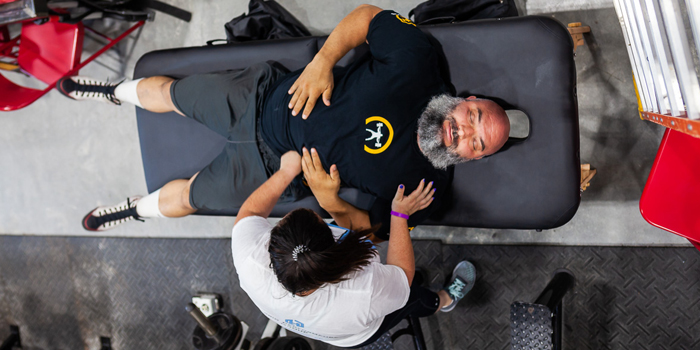
Autoregulation is an art. It is a skill. Just like any other skill, it takes time, trial, and error to develop. As a refresher from the previous article, autoregulation relies on understanding the demands of training, recoverability, faith, and the current state of the body, and then being able to regulate and manipulate those variables as needed in order to continue to push the body forward to perform without getting injured.
It’s not as simple as working harder or getting stronger. Autoregulation is about being able to gather as much information as possible to assess the current situation and knowledge. The ability to autoregulate is also a big reason that average, sub-par, and exceptional coaches, athletes, and practitioners exist. If you have not read Part 3, “What is Autoregulation” yet, do so before moving forward.
Now that the four pillars of autoregulation have been defined, the objective can move towards how to apply this knowledge and autoregulate one’s training.
RECENT: Troubleshooting Strength Injuries: What is Autoregulation?
Learn to Pivot
The first skill that needs to be understood and learned in autoregulation is how to pivot. The word “pivot” is a perfect way to define autoregulation in one word. “To pivot” describes a situation in which you are faced with an obstacle or challenge and must then alter your course of direction in order to continue moving forward. A training plan is still a plan. And as we all know, plans change. But why?
A plan, if created properly, should be based on accomplishing a goal (a total, meet placement, etc.). When a plan is created, it represents the best pathway toward accomplishing a goal based upon the current information. The goal is what matters, not the plan. If new information becomes available, the plan may need to be changed in order to keep moving forward toward that goal. Pivoting is the act of changing the plan. This should not be controversial or emotional but simply part of the process.
Too many times, a lifter will get stuck on the plan. They will ignore the fact that their body is not recovering and will push the gas pedal because their plan says they should be at 85 percent and not 80 percent. This is an emotional response. Instead of seeing the signs in their body and adapting the plan by swapping a movement out or increasing recovery to fit the current situation, they push even more because the plan says to. This is often due to fear that they will lose strength and not reach their end goal.
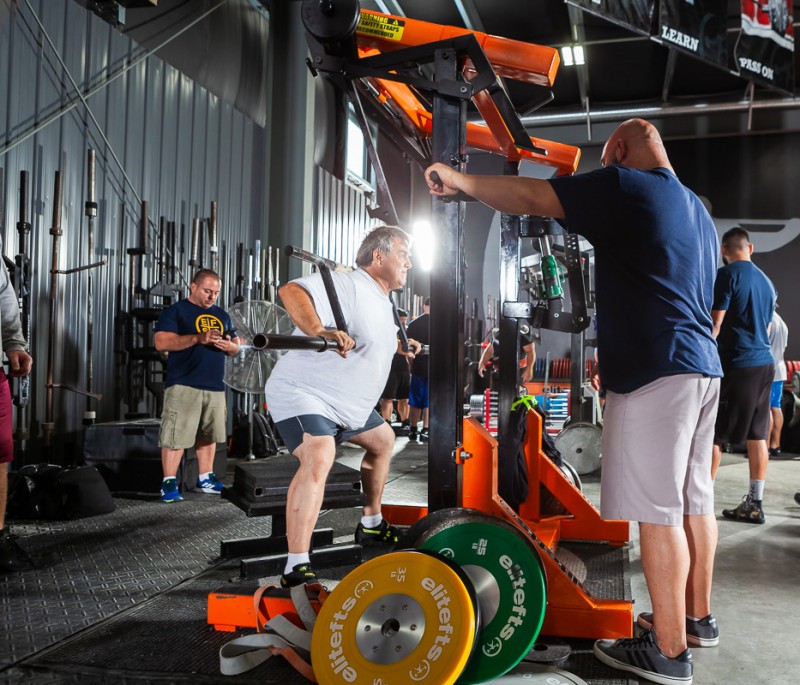
This is evidence of a lack of faith. In training, as in life, you must be able to have faith that as circumstances change that you will get to your end goal. This will allow you to re-evaluate and pivot, if needed, to the best plan that will help accomplish your goal.
This is not to say that sometimes the best plan is still the same plan. It is simply to say that if so long as your goal is clearly defined and your focus is on that goal, pivoting at certain points to redirect to that goal makes sense.
Listen to Subjectivity; Create Objectivity
In order to be able to make decisions on the current state of your body, you must learn how to listen to your body. The first step in autoregulation is the athlete developing a mind-muscle connection during a movement. This allows the athlete to actually FEEL what is going on in their own body and create movement over and over based upon that feeling.
So how do you do that? Well, if you want to listen to your body, you first have to understand how to interpret what it’s telling you. Assuming you have done that, taking inventory of your body and events throughout each day, week, and training cycle is important. Paying attention to a multitude of things in your life — how you feel, what you ate, how long you worked, who you interacted with and how those interactions went — can allow you to start to predict when you have good and bad training days.
To begin, ask yourself a series of quantifiable questions related to the various sources of stress that we went over in Part 2: Warning Signs of Injury. Quantifiable means that you can either answer yes or no (or preferably) give a numeric value to it. Could you breathe and brace correctly during training? Are you able to create the cues necessary to perform the movement? Did you have energy throughout the week, on the way to the gym, and throughout the training session? Can you clearly focus on the task at hand in training? How long did you work this week? How much water did you drink? How many bad interactions did you have with your spouse and the people closest to you? How many good interactions did you have?
Once you have a long enough list of quantifiable questions (let’s say 30 to 40) to take an inventory of yourself with, the next step is to see how these questions relate to your training. The goal here is to start to find the questions that identify predictable trends in your training. These are called key indicators, and they won’t be the same for everyone, so you must find which ones apply to you in order to be effective.
Once you have narrowed down these key indicators (let’s say less than 10), using a graded method can also help measure their impact. In the medical profession, this is how a patient outcome is created to measure the impact of a treatment.
Let’s say you narrowed down five key indicators that can be tracked on a weekly basis. For example: How was your diet this week? How was your relationship with your spouse? Etc. Grade these on a 0-3 (0 being the worst grade and 3 being the best grade). Over a period of time tracking these key indicators, you may realize that if your scores slip below a 12, your training begins to suffer, you start getting injured, etc.
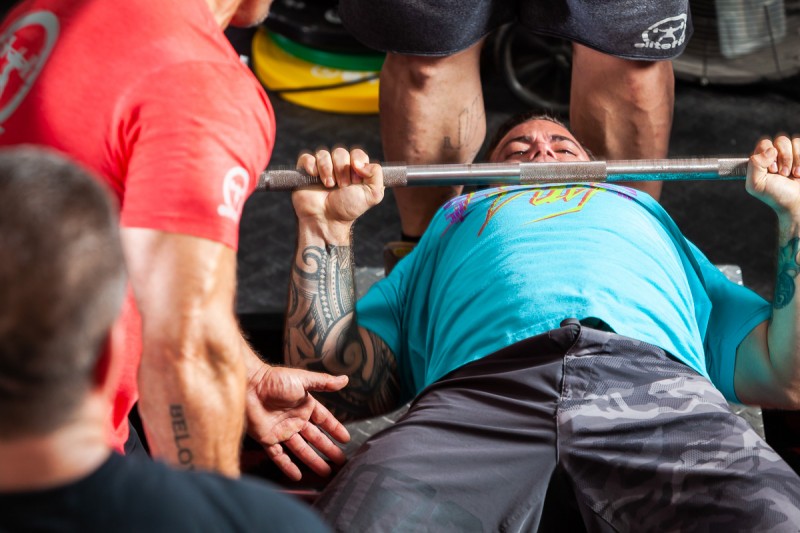
Because you have turned “feelings” and isolated incidences into quantitative, consistently documented trends, you now have reliable information from which to work with and modify in order to push forward.
This is how you turn random bits of subjective information that may or may not be important to your training into significant objective information. Finding these patterns that indicate the current state of your body will help you shift variables such as recovery and training and can be a real difference-maker.
Keep a Database or Log
Piggybacking off the last point, keep a database of your training, recovery, nutrition, work, etc. This, again, allows you to look at your training with a wide-angle lens and see what’s working or not working, what has worked or not worked in the past, and then pivot accordingly if needed. If your squat suddenly drops, you need to look back and try to find out why. Did you put something into your training recently? Take something out?
Perhaps you had great success increasing your squat with an accessory movement previously but neglected to add it this cycle. Or maybe you need to increase recovery to sustain training loads, but can’t remember if walking, body tempering, or passive modalities helped the best last time.
As noted in Part 2 of the series, many additional stressors come from factors outside of training. Just as everyone adapts and responds differently to training stressors, so is true of life and work stress. Documenting this allows you to identify the ones that matter the most to your circumstances.
In short, keeping a log and just having your shit together in general from an organizational standpoint will allow you more clarity in managing stressors, training, and your recovery to avoid overtraining or injury.
Recovery Is a Tool — Use It Wisely
Recovery methods are used to help stimulate the body to accelerate the healing processes that happen normally in the body. If you are trashed from training, increasing recovery can be the saving grace to knock you back on track and allow you not to skip a beat.
Just like training, though, the body will acclimate to recovery, so it must be used and waved, just like training. If things are going great in training, you should only use a small baseline of recovery. Once training stressors increase, you must increase recovery in increments as well.
But beware; there is a maximum you can reach with recovery. Ramping recovery methods all the time will eliminate the ability to maximize recovery during periods where training demands are the highest – often directly before a competition.
Don’t Be Afraid to Cycle Main Movements and/or Accessories
Let’s say you start having pain in your hamstring that is beginning to impede training. Without a traumatic incident preceding pain, this is often due to excessive stress being placed onto the hamstring. This is usually a sign that either your hamstrings are the weak link in your body or that you are compensating in your training, which is causing the hamstring to do more work on each movement, rep, set, etc.
Either way, the pain and soreness you are feeling are likely signs that your hamstrings aren’t recovering well enough. If you continue to train through these warning signs without changing any variables, you are setting yourself up for injury. This is where utilizing autoregulation to cycle your movements is important.
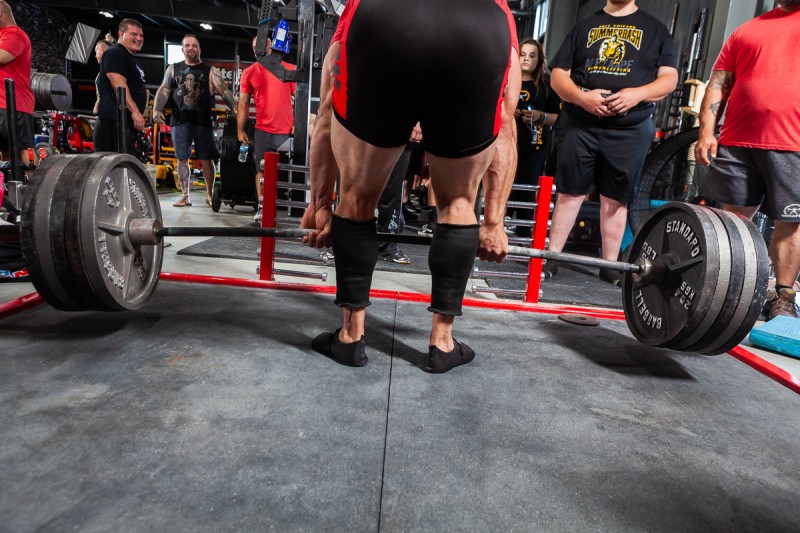
Now, cycling your main movements and accessories doesn’t necessarily mean abandoning the squat altogether in order to address a hamstring issue. Sometimes just changing the physics and loading patterns on the body is a great way to keep training hard and even determine the severity of the injury. This can be as simple as changing a stance, the range of motion, or tempo.
For example, if a wide squat bothers the hamstring, you could transition to a narrow squat with a different rep scheme or slow the tempo down. You can also change these physics by simply changing the bar or resistance used. A straight bar can be substituted with a Safety Squat Bar. You could add or take away boxes, chains, or bands. If the problem is overtraining from one movement, simply cycling movements can drastically help pivot around injury while still building strength.
Now, the problem is that many people will only wait until pain is present to do any kind of pivoting or cycling of their movements. If you do this and wait for pain to arise, you will likely find that simply altering your main movement and some accessory work has not helped. In this scenario, you may have to pull out hamstring work for a week.
This is also where most people get discouraged and think that their training is completely screwed, and they claim they “tore their hamstring,” and that the wheels are completely falling off because they have to back off in ONE AREA for ONE WHOLE WEEK.
Here’s some advice: Stop. Breathe. Have some foresight. Consider the situation and consider some concepts in basic training science. To help, I’m going to say a bunch of stuff you’ve probably heard before, that you likely need to hear again. First off, strength is never linear. You will have ups and downs. You will make progress and then take a step back in order to keep progressing.
Second, consider one of the possible causes of your pain – weakness. Simply put, in this example, if your hamstrings are the weakest link in your chain (and not just compensating for your glutes), it would make sense that they would require more healing at times than other movements or muscle groups. You may learn over time that if you cycle out hamstring work for one week after a certain length of training time, you don’t have hamstring issues anymore. This becomes so consistent that you actually build it into your training for an entire meet prep.
Eventually, after six months of not beating your hamstrings down to the point of severe pain, you may actually find that your strength has gone up and that now it’s your back that is the problem! At this point, you should stop, take a breath, and pat yourself on the back… you just autoregulated your old weakness into a strength, increased your overall strength, and thusly have found a new weakness that needs to be built up – your lower back.
And here is a really good time to remind yourself one simple fact about training, competition, and life in general – you will never achieve perfection. Even the strongest people in the world have weak points that they are working to bring up. The smartest person can always learn more. The top company in an industry needs to constantly grow and improve in order to stay there.
The key that allows each of those individuals to keep pushing forward instead of imploding upon themselves are the abilities to take inventory of their strengths and weaknesses, to absorb as much information about their current situation as they can, and to find a way to pivot and keep moving forward – sounds a bit familiar, huh?
However, should you find yourself in that situation, or for those who found this series because of such an injury, we will address ways to help determine the severity of the injury and how to move forward in the final chapter of the Troubleshooting Strength Injuries series.










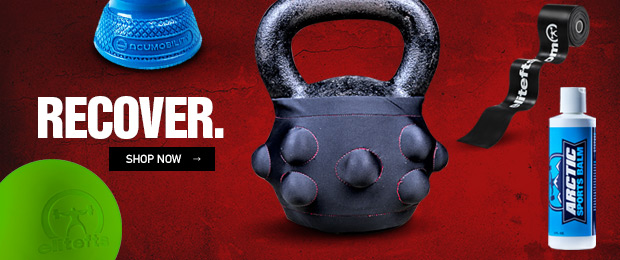
1 Comment